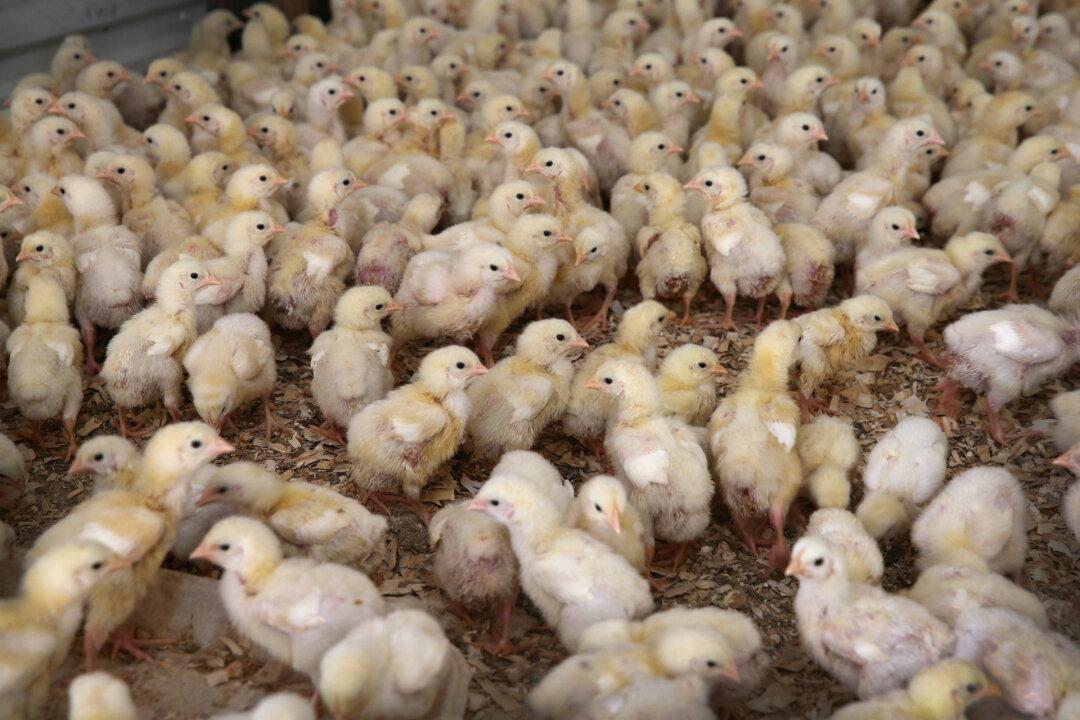Tyson Foods, the world’s largest meat-processing company, announced on April 28 that it would stop using human antibiotics on all its U.S. poultry by September 2017.
The news comes after two major poultry producers, Pilgrim’s Pride Corp. and Perdue Farms, also made commitments to limit their use of antibiotics—primarily for enhancing chicken growth and preventing disease from spreading in crowded living environments.
The move away from antibiotics reflects increasing consumer concerns about animal welfare and the drugs’ potential effect on human health—particularly the creation of antibiotic-resistant “superbugs.”
The move away from antibiotics reflects increasing consumer concerns about animal welfare and the drugs' potential effect on human health.





